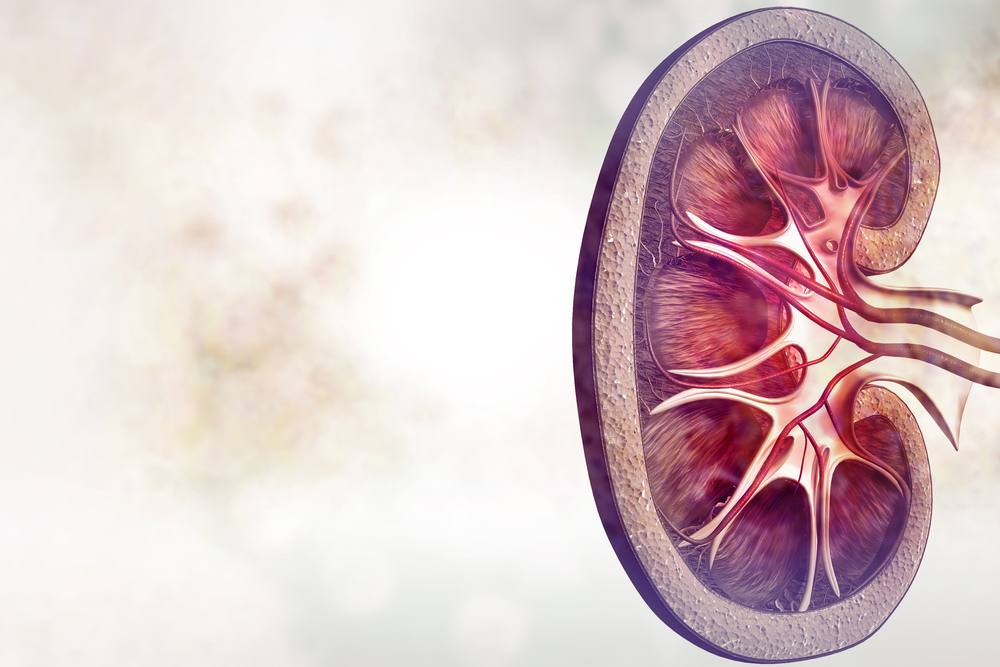High-dose Glucocorticoid Pulses May Improve Severe Kidney Condition of AAV Patients, Study Indicates

Patients with severe kidney injury stemming from anti-neutrophil cytoplasmic antibody (ANCA)-associated vasculitis (AAV) may benefit from intravenous glucocorticoid pulses, a study indicates.
The high-dose treatment helped Chinese patients get off dialysis and showed a tendency toward increasing their survival, researchers found.
They published their findings in the journal BMC Nephrology. The title of the article is “The impact of intravenous methylprednisolone pulses on renal survival in anti-neutrophil cytoplasmic antibody associated vasculitis with severe renal injury patients: a retrospective study.”
AAV is a chronic autoimmune disease associated with inflammation and destruction of small blood vessels. Kidney disease is common among AAV patients, and up to 30 percent of them develop an end-stage renal disease.
Patients with a rapidly progressing disease are usually given a course of pulsed methylprednisolone (500 mg to 1 g daily for three days), in addition to standard treatment. Methylprednisolone, a glucocorticoid, is recommended due to its fast and potent anti-inflammatory action.
But some studies have shown that it causes high rates of severe adverse events, particularly infections, significantly reducing patient survival.
To clarify how high-dose methylprednisolone pulses help AAV patients with severe renal injury, a team of researchers analyzed data from 111 Chinese patients.
The study covered only AAV patients with a severe kidney condition when they were admitted to a hospital. All patients were diagnosed and followed at the Kidney Disease Center of First Affiliated Hospital, Zhejiang University, from January 2004 to June 2016.
Of the 111 patients, 57 received 500 mg/day of intravenous methylprednisolone for three days, whereas 54 patients used as a control group did not. Patients were followed for a median of 31 months.
The overall survival of patients who received methylprednisolone pulses was 80.7 percent, compared with 63 percent in the control group. The major cause of death in both groups was a severe infection – 71 percent.
The number of patients still dependent on dialysis was similar, whether patients received the treatment or not.
However, for patients who were not dialysis-dependent when the study started, methylprednisolone pulses prevented them from needing dialysis. The dialysis-free survival rate was 36.8 percent (21 patients) in the treatment group, compared with 7.4 percent (four patients) in the control group.
Thus, methylprednisolone pulses significantly improved the kidney condition and survival of patients.
Both patient groups showed similar rates of adverse events, with the most common being infections, low number of blood platelets, and reduced number of white blood cells.
The team also investigated factors that could predict dialysis independence and positive responses to intravenous methylprednisolone. Dialysis independence was directly associated with methylprednisolone treatment and the ratio of urine protein to creatinine.
Researchers found that high levels of serum creatinine and urine protein were slightly associated with poor responses to treatment.
These levels “could be used to distinguish responders from non-responders for methylprednisolone pulses therapy and have important implications for treatment decisions in AAV patients with severe renal involvement,” the team wrote.
Nevertheless, researchers noted that future randomized, controlled studies, including patients worldwide, are needed to confirm their results.






